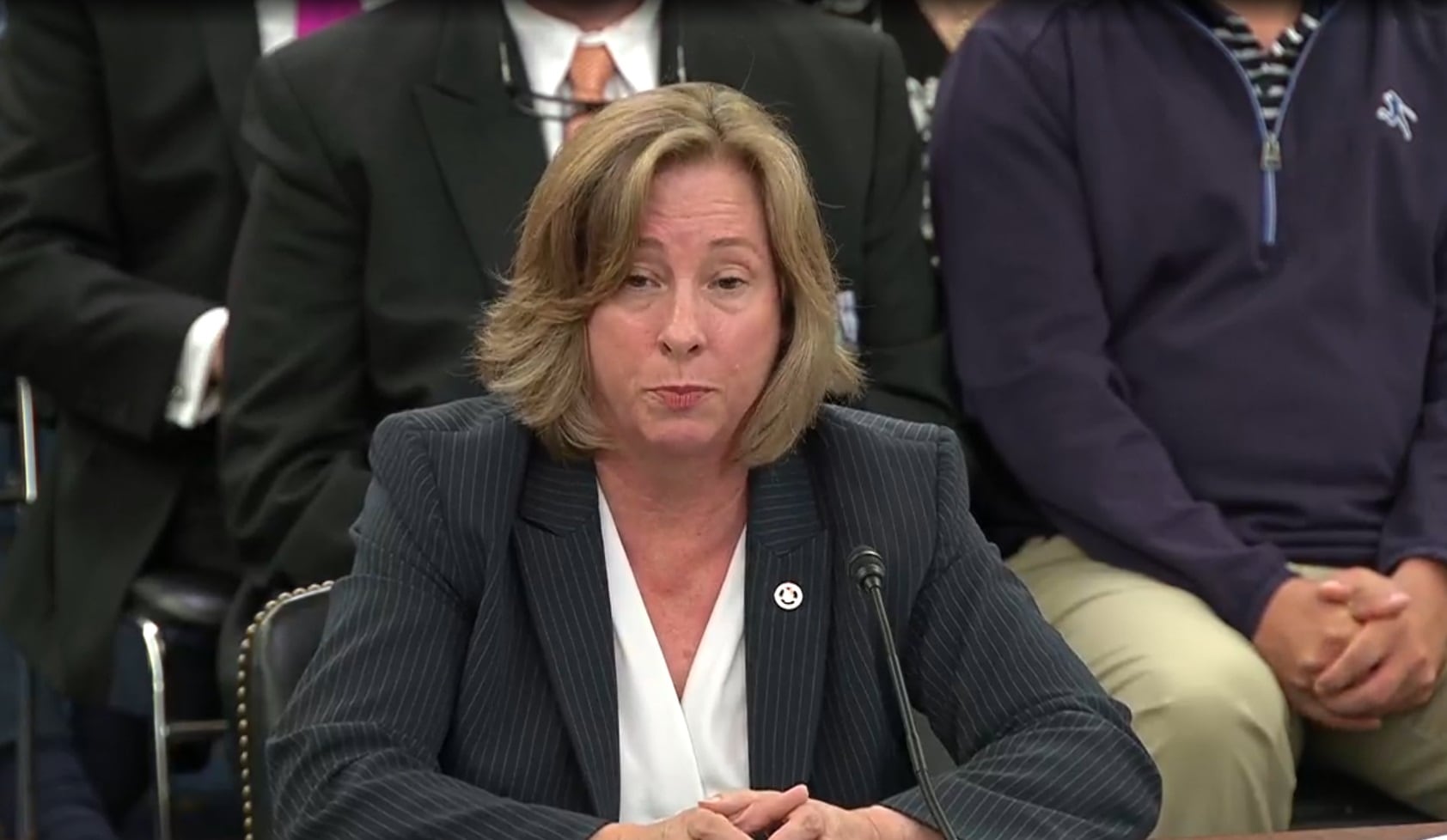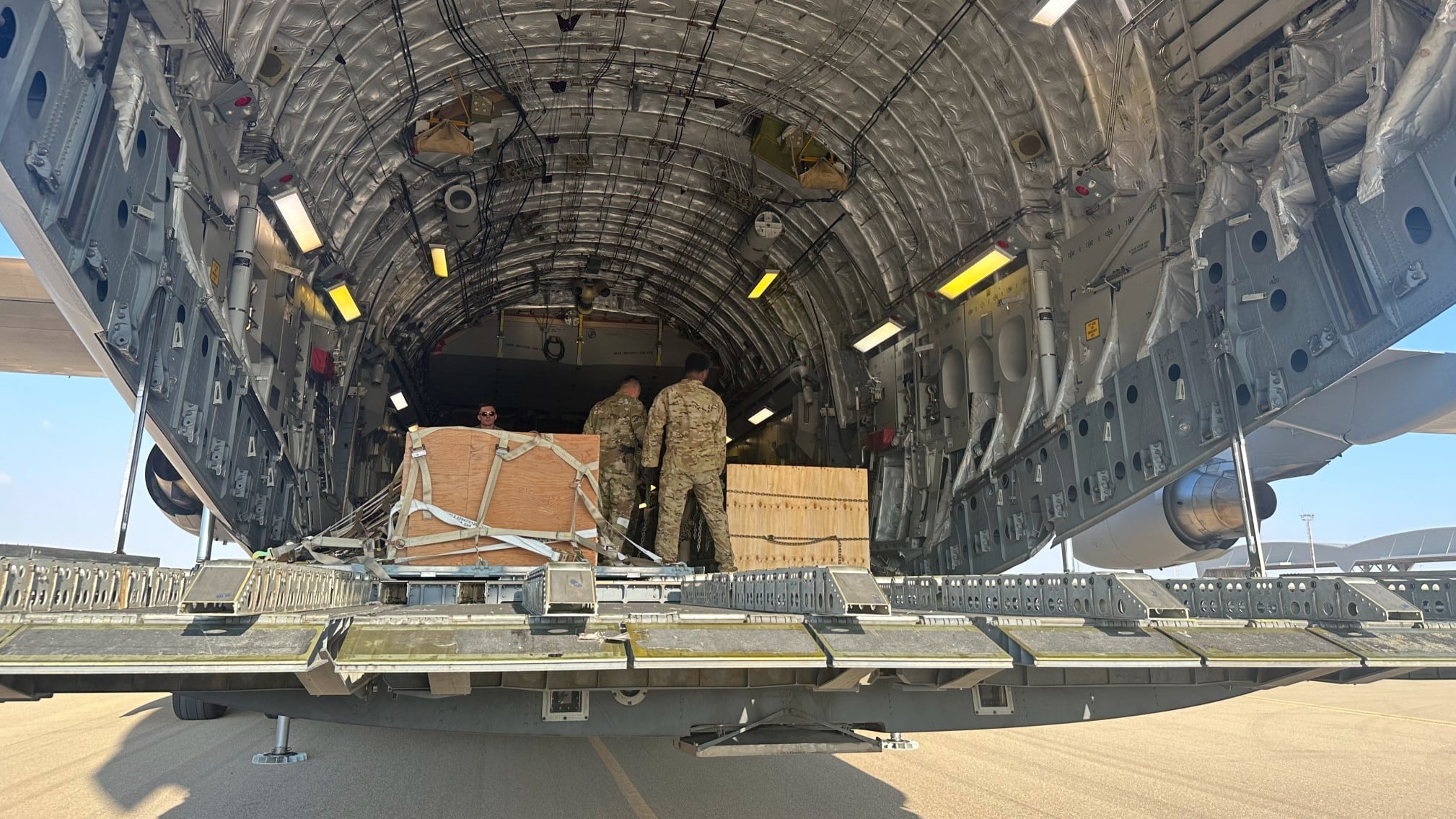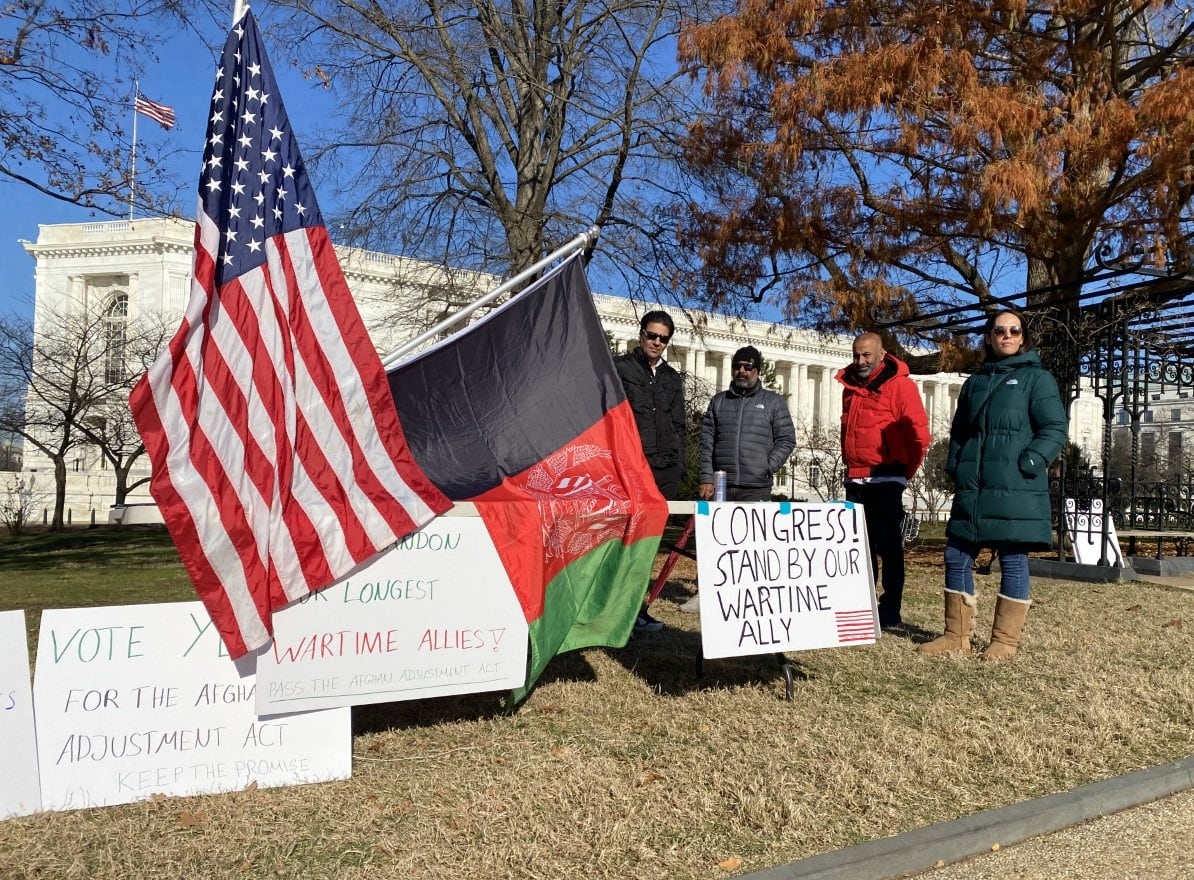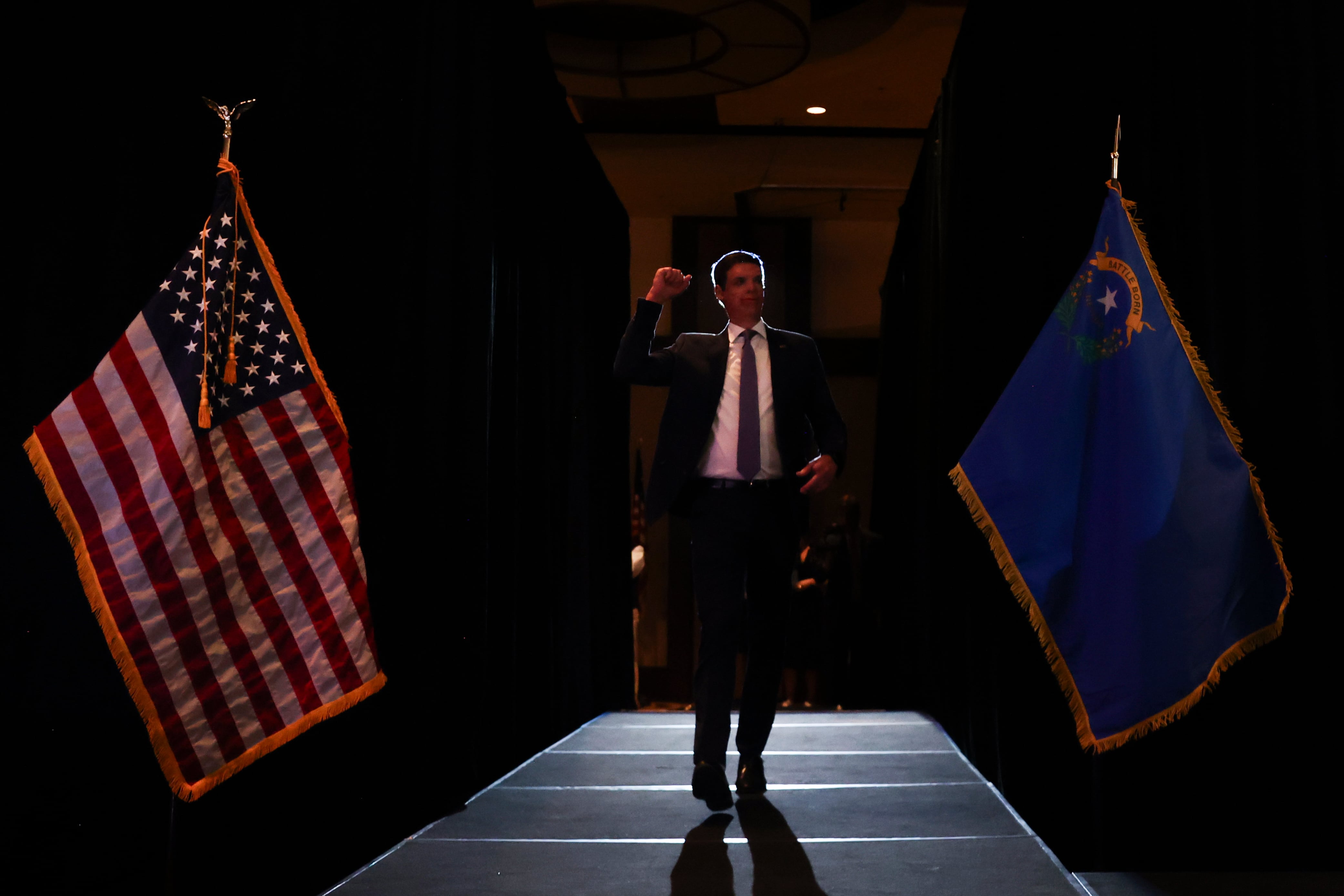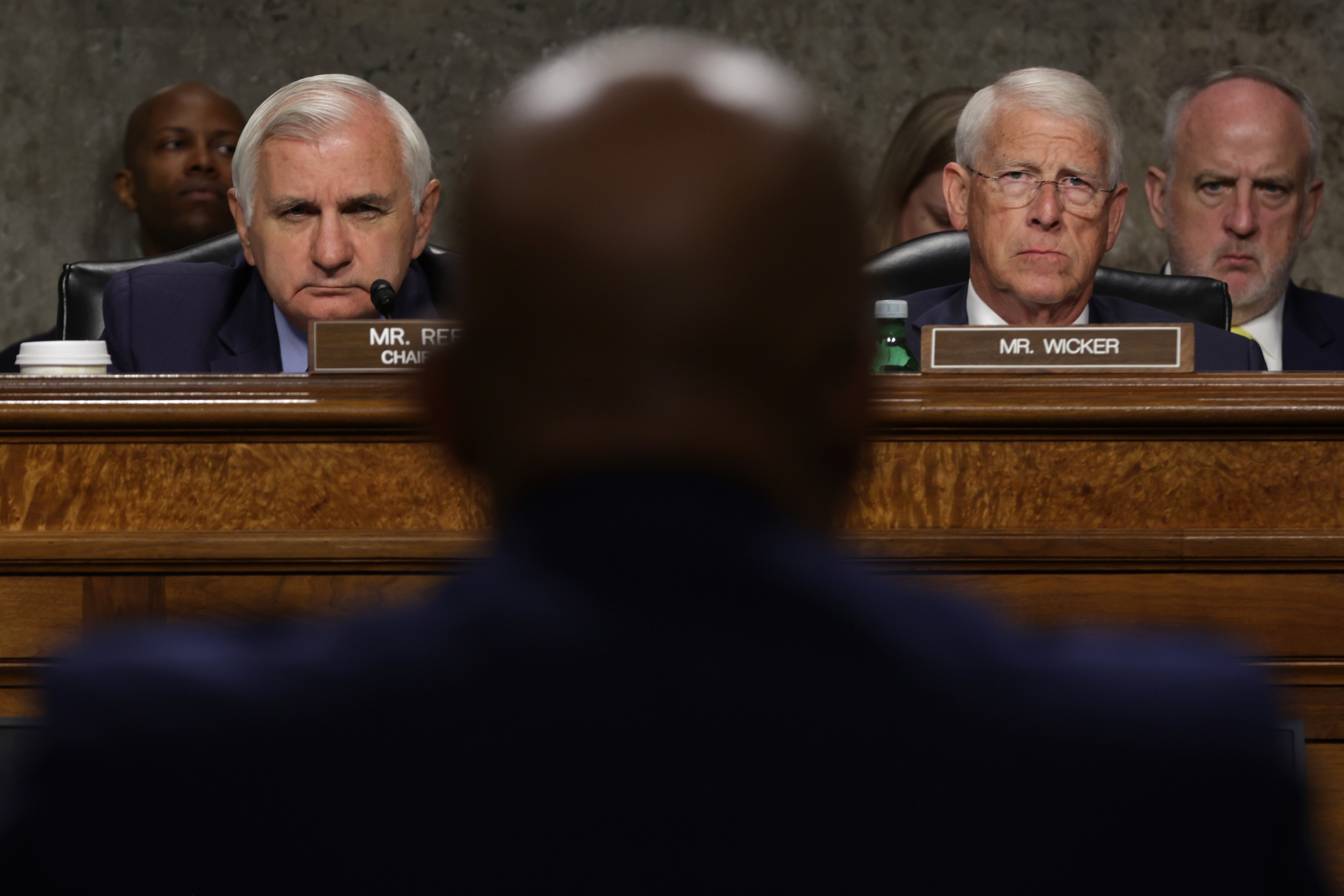Beyond the immediate tactical and strategic victory of assassinating a longstanding terrorist foe, the U.S. strike against al-Qaeda leader Ayman al-Zawahiri late last month also marked an important milestone in the history of U.S. counterterrorism technology.
Reports suggest the strike against Zawahiri was the latest, and by far the most high-profile, in a growing number of drone strikes employing the Hellfire AGM-114 R9X “ninja missile,” which, rather than delivering an explosive payload, releases six knives moments before impact to slash and crush the target. A result of the U.S. government’s desire to limit civilian casualties in counterterrorism strikes, the R9X has previously been used to assassinate terrorist leaders in Syria and Yemen.
One former U.S. government official expressed confidence that the R9X would solve the “right seat, left seat” problem—enabling U.S. counterterrorism strikes to eliminate targets in immediate proximity to noncombatants. Precisely that prospect was exploited in the Zawahiri strike; a White House briefing confirmed that tactical decisions had been made to ensure no other lives would be threatened, despite their presence in the building.
The R9X payload thus almost has more in common with the long-range sniper than its explosive Hellfire counterparts — indeed, it is the combination of the former’s precision with the latter’s range and access that makes the R9X a potentially revolutionary development in U.S. military technology. The great irony of the long-time terrorist’s death is that the former surgeon’s killing was akin to a skilled doctor removing a tumor with a scalpel.
For almost two decades now, drones have been the primary weapon involved in U.S. counterterrorism operations, with the American military steadily escalating its employment of drone strikes in insurgent sanctuaries throughout the Middle East and Asia. And it has proven an effective tool. Simply put, the unmanned aerial vehicle has become the ultimate, lethal weapon for identifying and eliminating the world’s most dangerous terrorists, in some of the most rugged and inaccessible terrain on the planet. Studies have found that drone strikes are statistically directly linked to a diminishing in the rate and lethality of terrorist attacks orchestrated by the group targeted.
Contrary to popular opinion, drone strikes have also been relatively effective at limiting collateral damage compared to other strike options—reducing deaths among both civilians on the ground as well as U.S. servicemembers who might otherwise take part in a ground raid. Needless to say, a more precise missile will only serve to keep lowering civilian casualties.
Perhaps the most illustrative comparative case displaying the special potential this missile holds concerns Qasim al-Raymi, the former emir of al-Qaeda in the Arabian Peninsula (and therefore a deputy of sorts to Zawahiri). Al-Raymi was the target of the Yakla raid, in the first few days of the Trump administration, which not only failed to assassinate him, but resulted in the deaths of nine children as well as Navy SEAL William Owens. Al-Raymi would be killed three years later in a drone strike (it is unconfirmed if it used an R9X, although it was during a period when it was being used often) with no reporting of civilian casualties. Al-Raymi’s eventual demise, in other words, was the perfect illustration of the dangers and merits of both approaches.
The more precise missile will almost certainly significantly alter terrorist behavior—even beyond what the drone itself already achieved. In the drone era, targeted terrorists have adapted, most notably by using the drone’s own criticisms against it—often surrounding themselves with family and civilians as “human shields” to deter a strike, as Zawahiri did with his Haqqani-provided family home in the upscale Sherpur neighborhood of Kabul. The R9X missile eviscerates the target’s ability to protect himself and will necessitate a new defense strategy, that may rely on a possible target never stepping more than a few feet away from those shields, and certainly not outdoors.
The R9X may also degrade one of the extremists’ greatest propaganda tools: portraying drone strikes as indicative of American arrogance and impunity. Biden and his administration have been particularly eager to raise the standards for the U.S. drone program, and as America works to wind down the war on terror, these more limited strikes targeting documented terrorist masterminds will be hard to question—a stark contrast from Israel’s less surgical approach. The drone program has usually been criticized for its lack of transparency and for the civilian casualties it causes. Importantly, both those drawbacks were explicitly considered and addressed in the Zawahiri case, possibly pointing to a new mentality in U.S. counterterrorism assassinations, that will damage a terrorist organization’s ability to point fingers and claim wrongdoing.
As with any new development, the R9X is not without drawbacks—chief among them that it does not solve longstanding issues over the legal and ethical concerns over drone strikes, nor will it perfectly address the blowback associated with these strikes. Most importantly, the strike against Zawahiri, and broader use of the R9X, seem unlikely to address the longer-term, structural issues that allowed al-Qaeda to rise to prominence and ensure its lingering relevance. I argued in an article for the Jamestown Foundation in April 2021 that the R9X ninja missile marked “a powerful step forward for the U.S. counter-terrorism arsenal, breaching a new frontier in targeting and precision. But until a bolder, braver, more transformative strategic shift is pursued, victory in the so-called War on Terror will remain elusive.” The Zawahiri strike will provide a clear test case of that proposition.
Jacob Ware is the research associate for counterterrorism at the Council on Foreign Relations, where he studies terrorism and countering violent extremism, as well as an adjunct professor in Georgetown University’s Walsh School of Foreign Service.
Have an opinion?
This article is an Op-Ed and as such, the opinions expressed are those of the authors. If you would like to respond, or have an editorial of your own you would like to submit, please email C4ISRNET Senior Managing Editor Cary O’Reilly.
Want more perspectives like this sent straight to you? Subscribe to get our Commentary & Opinion newsletter once a week.


